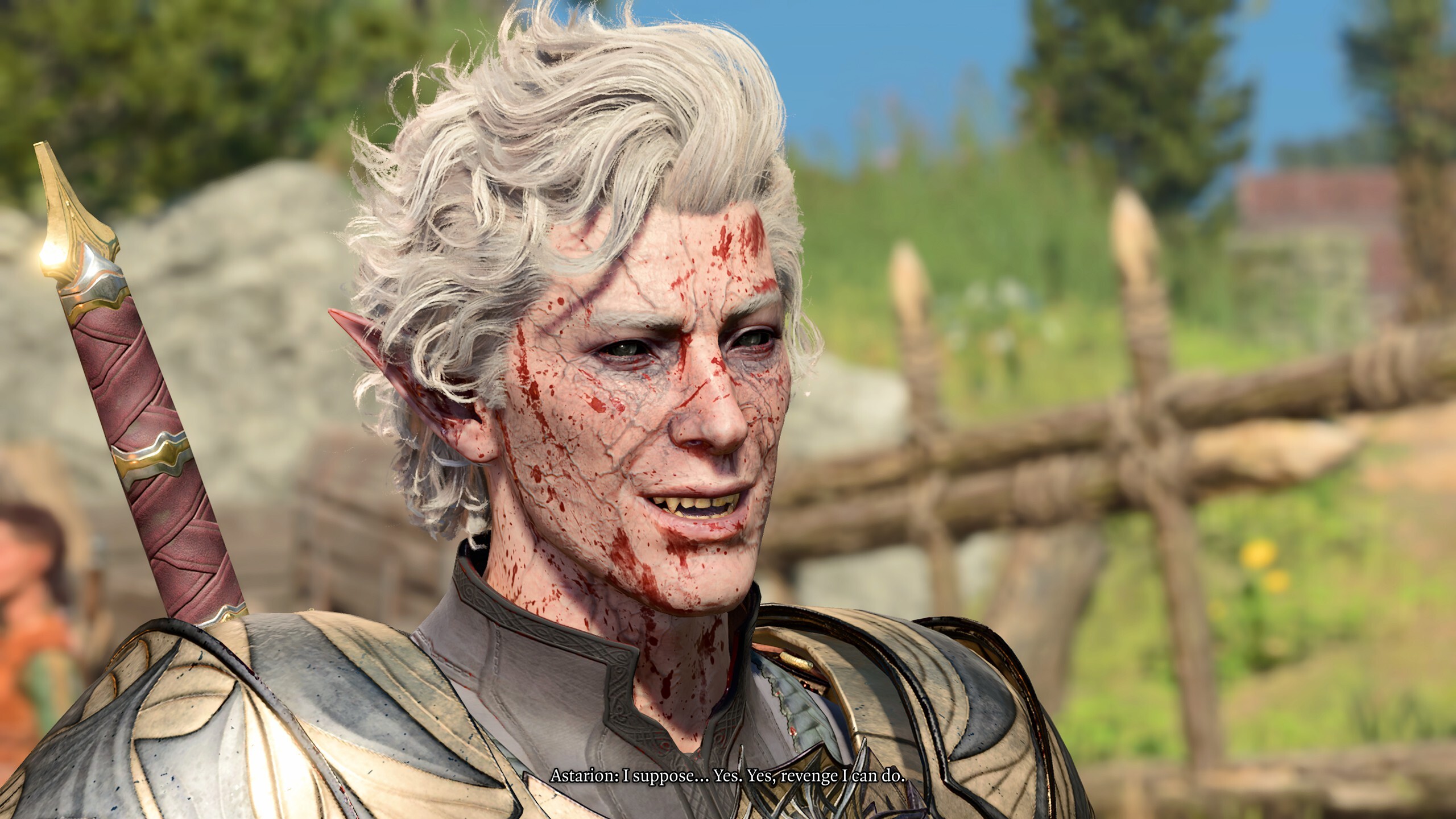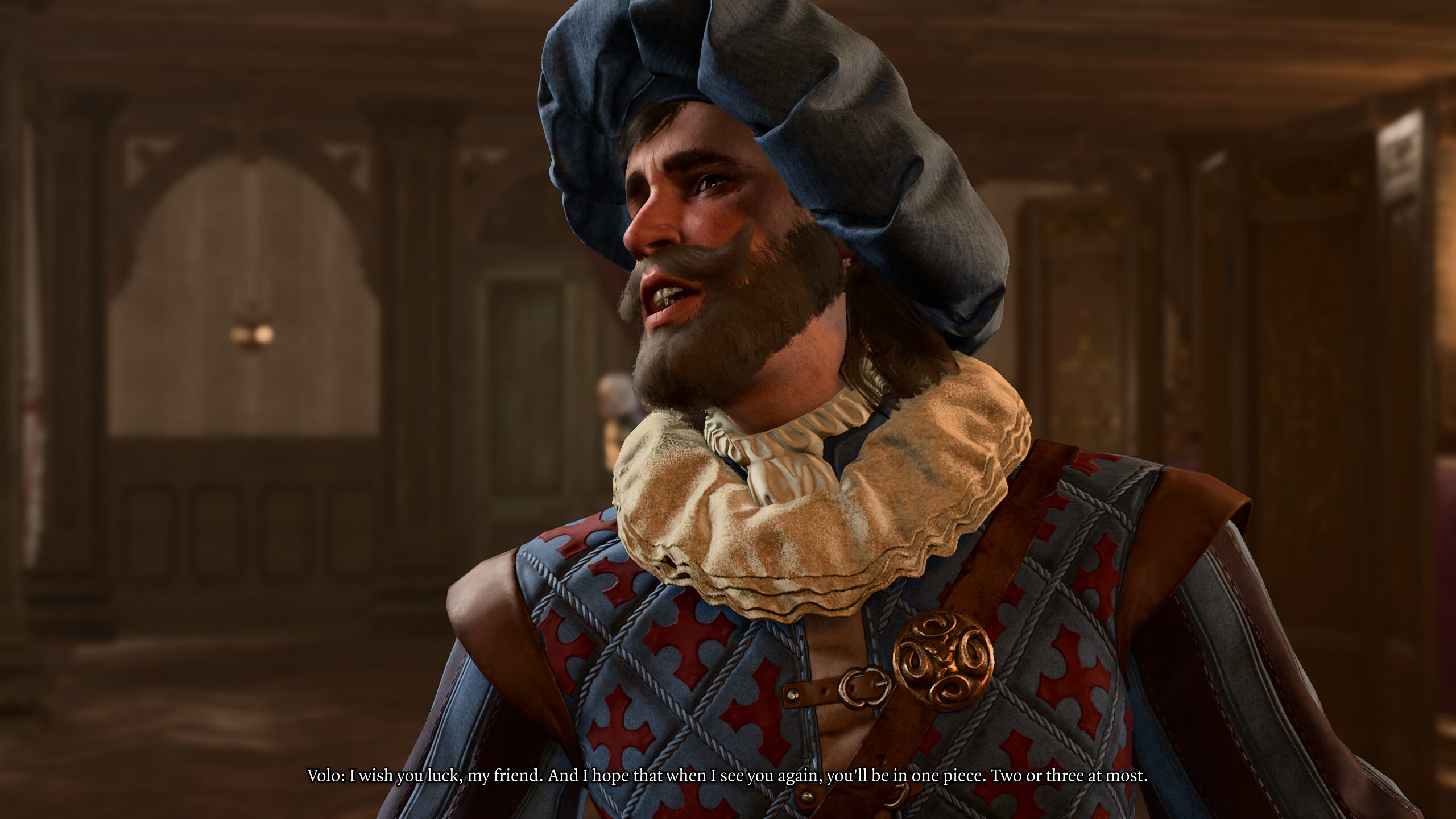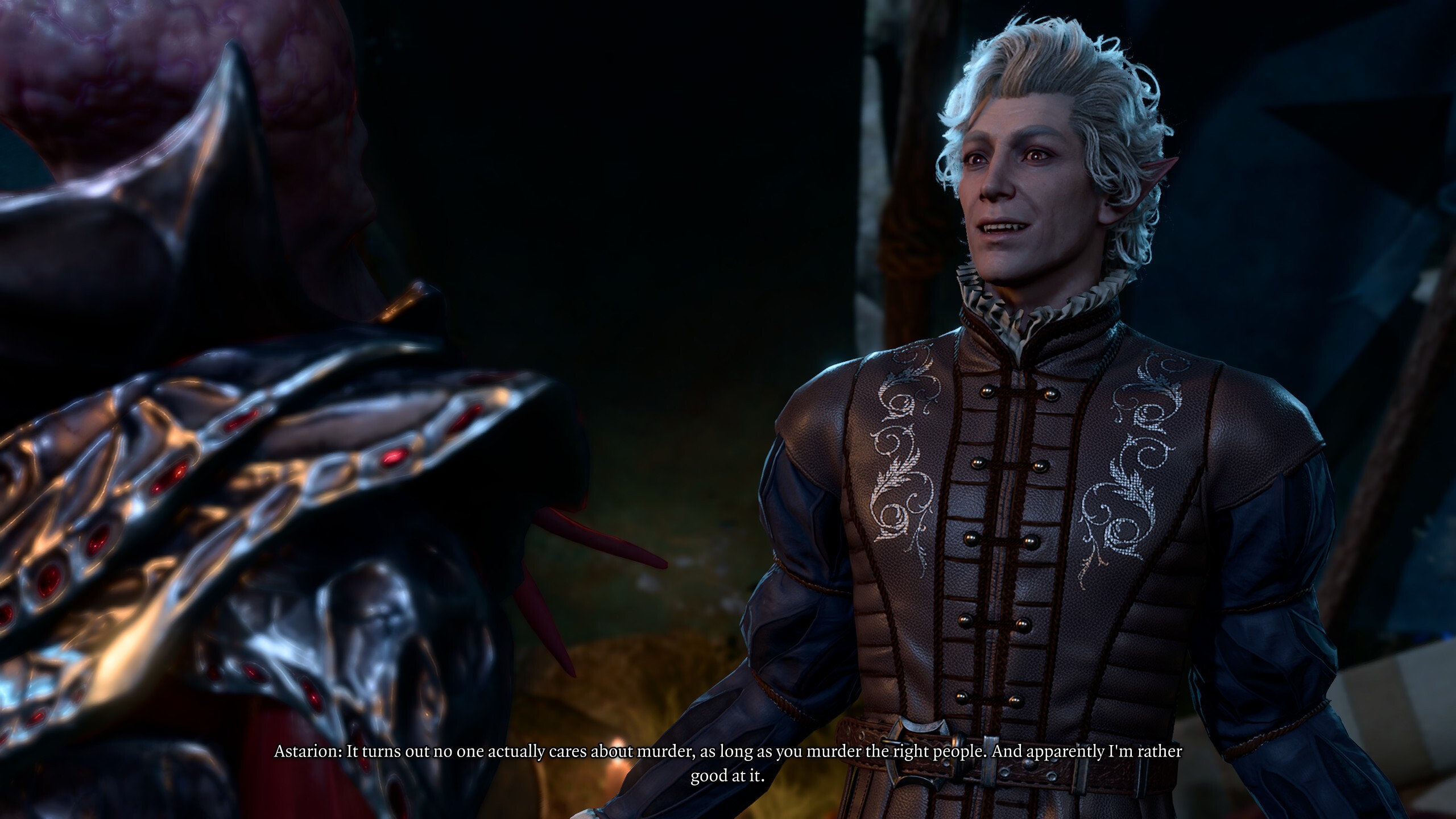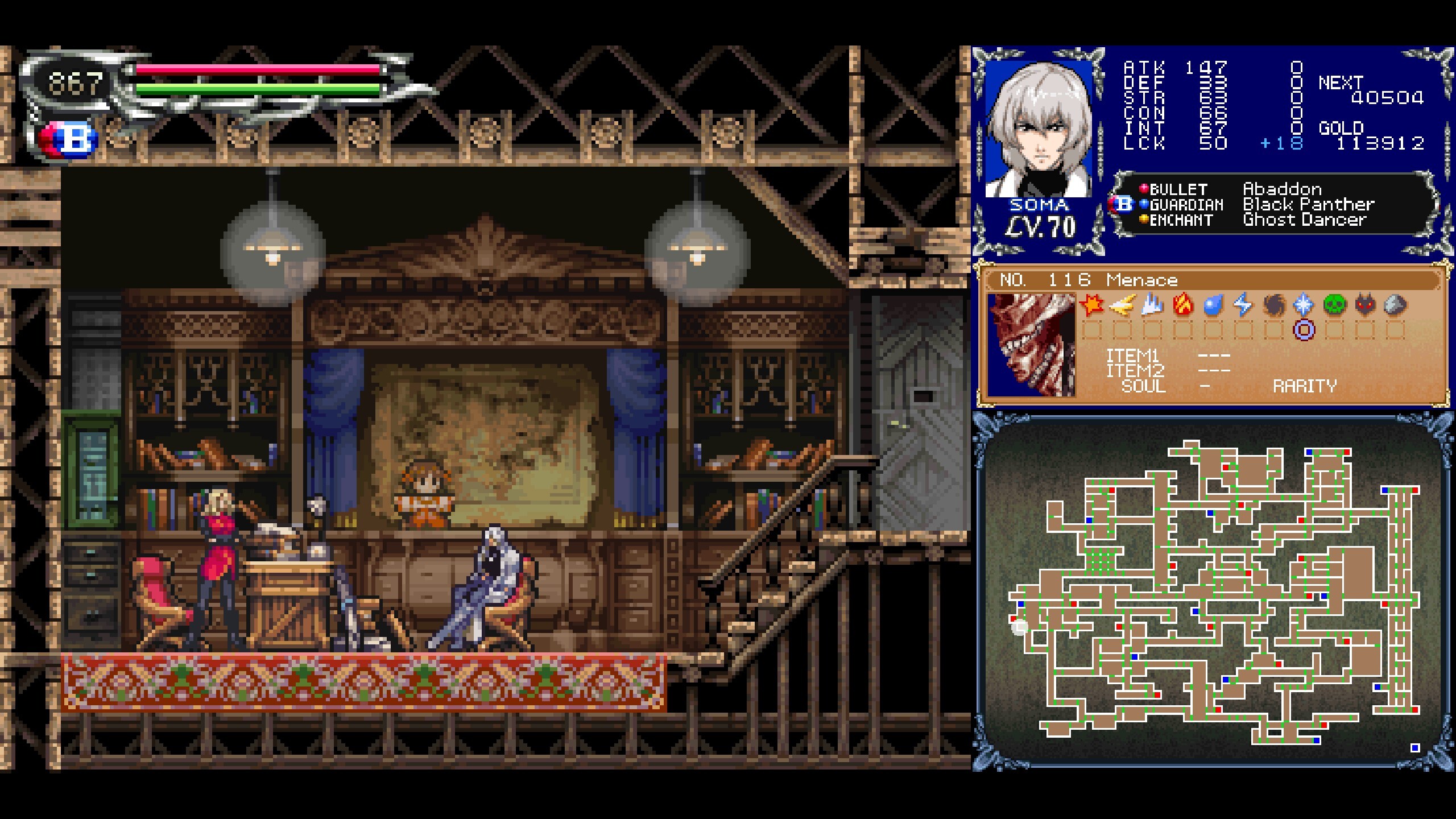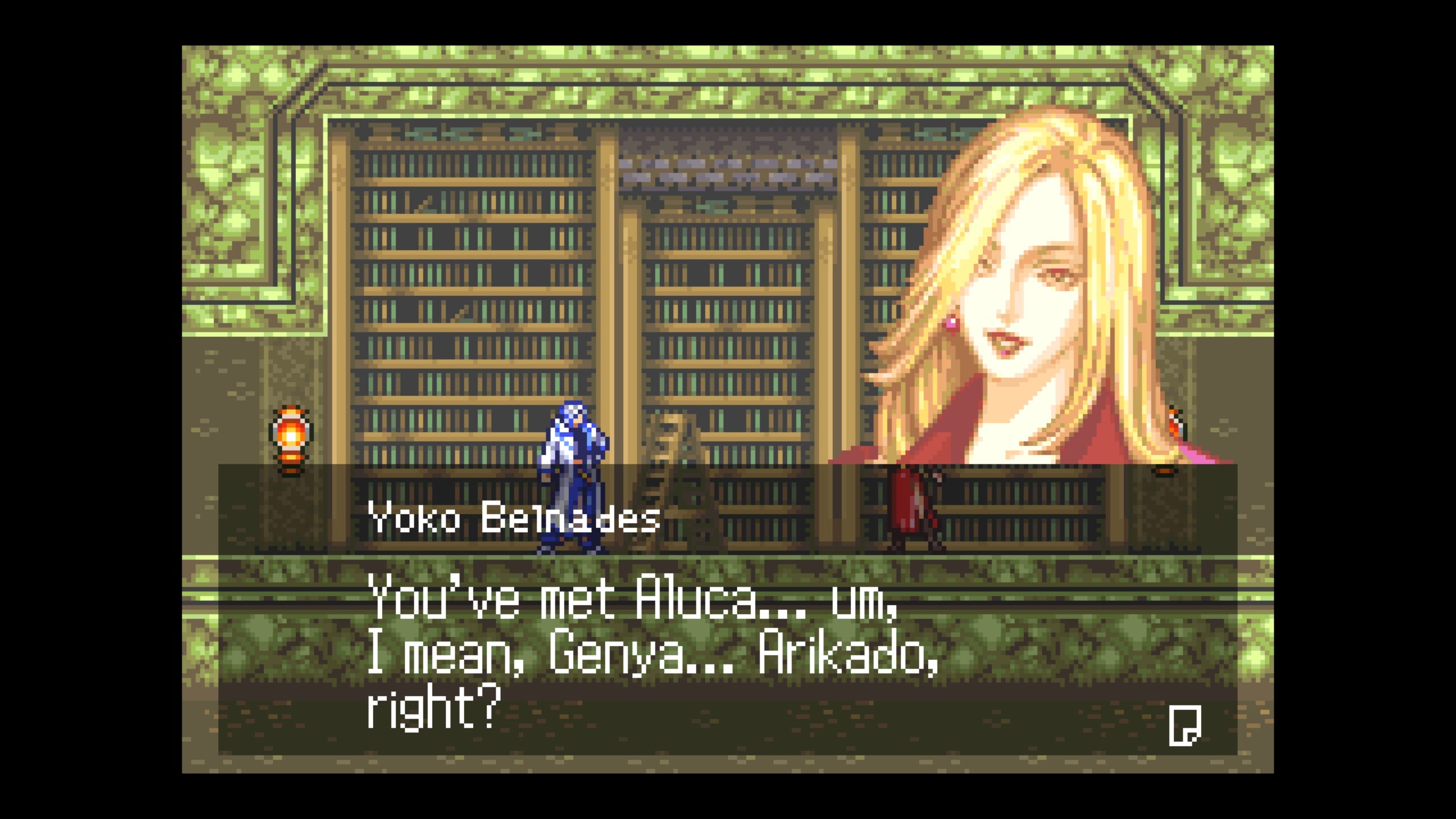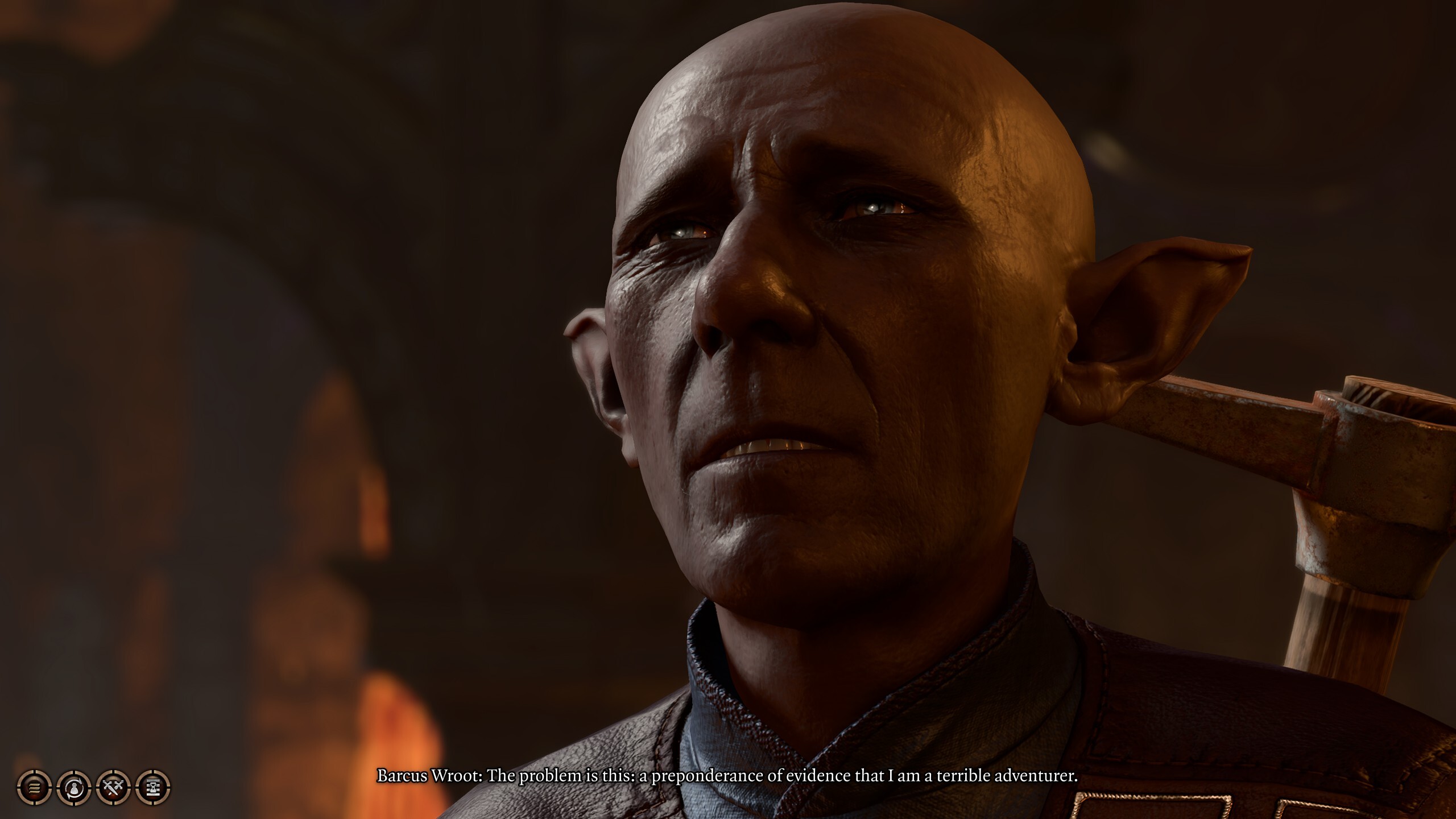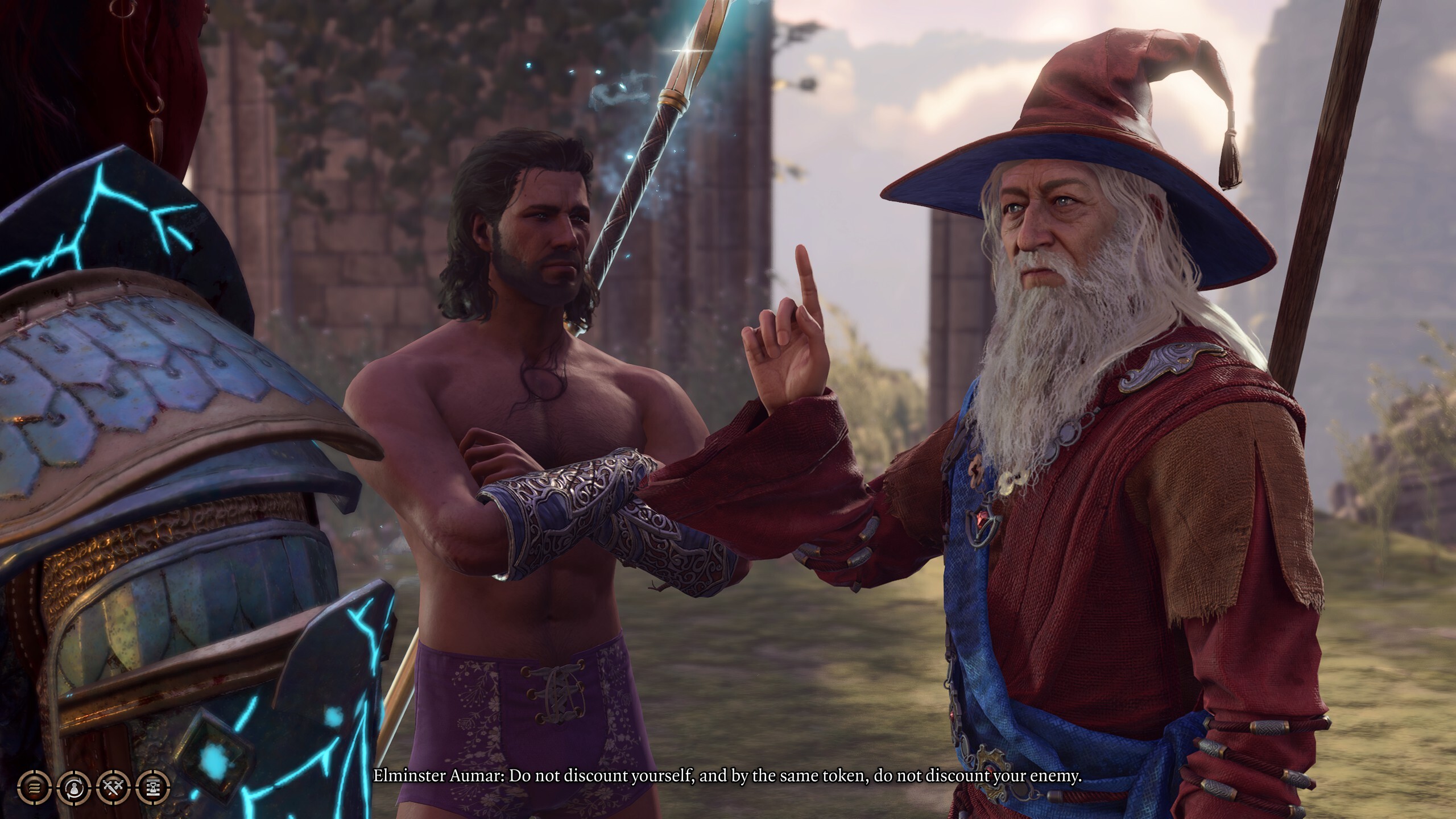Shiver Me Whiskers
In Cat Quest III, you're not just a cat adventurer, you're a cat pirate. Why? Because the world map is split into islands, and you need a ship to traverse its ocean. Hence, pirates!
(And pi-rats, the sword-wielding rodents you'll be battling and plundering in this quest.)
Like earlier Cat Quests, this a basic action RPG: beat up enemies for experience points, find new weapons and armor to equip, follow quest markers to progress a surreal, pun-filled story. The world and its tail tale may be a little weird, but it's thoroughly light-hearted and fun to play through.
And like in Cat Quest II, you can bring a co-op partner along for this quest (though there's no AI buddy, this time). Aside from a small handful of two-player-hostile level designs - like a spike-filled maze where if your partner gets stuck, the fixed camera won't let you proceed - it's a slick and straightforward co-op experience.
Encounters are pretty un-complicated, so you don't need to coordinate or strategize much, beyond making sure that someone has the "Furry Shield" spell ready. And if a fight does get too hard, there're plenty of sidequests available to grind more experience and upgrades; bounties to hunt and hidden treasures to find.
There does seem to be less content overall than the second game had, but Cat Quest III is still getting updates -- like just this week! And everything in this game feels highly polished, finely-tuned and delightful.
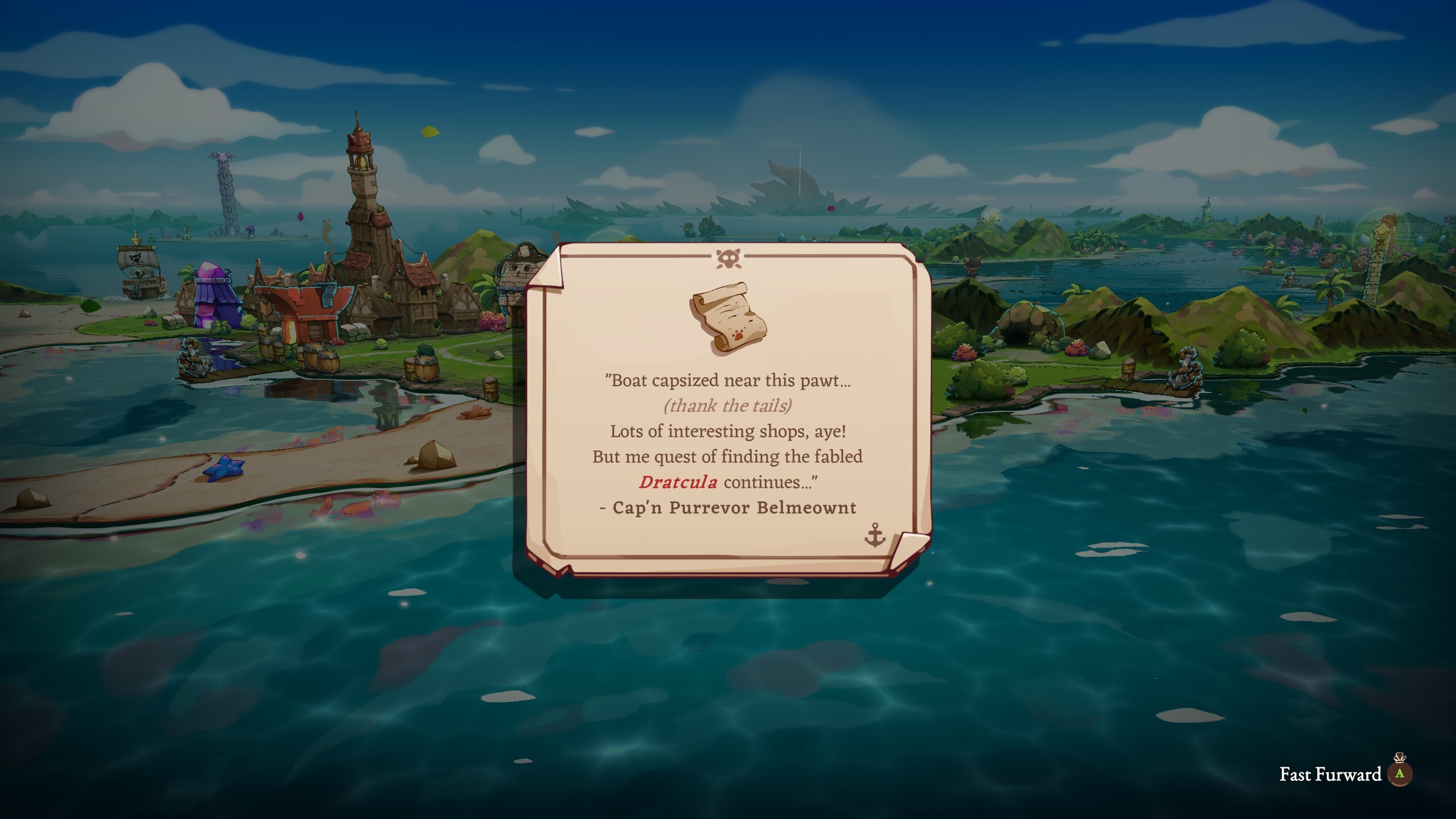
(Yeah, Dratcula's Castle is a real treat for Castlevania aficionados.)
Cat Quest is a simple and fun time. I'm really looking forward to more updates; maybe there'll be some kind of Xmas update next month.
